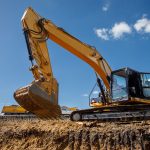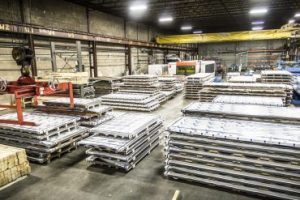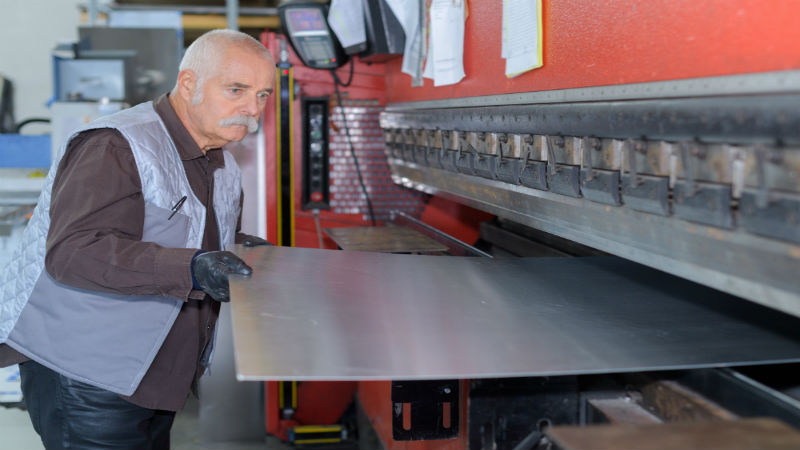Stainless steel is not a homogenous metal unit. The category encompasses several iron-based alloys. All possess more than 10% chromium. All are desired for their ability to, at the very least, provide resistance to corrosive elements. Stainless steel brazing is one method of improving the physical and mechanical properties of the metal. As for stainless steel, different categories often require different approaches.
Categories of Stainless Steel
The American Society for Metals (ASM) and the American Welding Society (AWS) denote several 3 main categories of stainless steel. These are
* Austenitic (nonhardenable) steels: Usually referred to as the 200 and 300 series, this type shows stability of Austentite at normal temperatures. It contains any or several of the following alloying elements: manganese, chromium, nickel. Austenitic steel comprises up to 70% of all stainless steel production
* Ferritic (nonhardenable) steels: Also known as the 400 series, this is a low-temperature steel containing a small amount of iron
* Martensitic (hardenable) steels: Also included in the 400 heat treatable series, this form is hard, brittle, tough and highly machinable. They are also less resistant to corrosion than the other two types of stainless steel
Combinations of types also occur. Among them is duplex steel.
Methods Used in Stainless Steel Brazing
Several methods or processes may be employed in stainless steel brazing. Each has their own advantages. The two most common are:
* Furnace Brazing: This semi-automatic process is popular among those with pre-assembled or pre-jigged materials. A hump-backed and straight through continuous furnace are two potential types of continuous belt furnaces in use
* Torch Brazing: Torch stainless steel brazing employs oxyfuel gases. It is the most common method employed in brazing stainless steel. It offers production-line efficiency. It is very economical. Application is possible to both short and long-run production runs, and excellent for specialized production. This method may involve hand held torches or be automated.
What specific method will be employed by the treatment company will differ in accordance with pertinent factors including category of steel and intended application.
Applications for Stainless Steel Brazing
Stainless steel brazing has a number of useful industrial applications. The cookware industry, in particular has found a number of uses for brazed stainless steel. The bottoms of frying pans are coated with this metal. Other industries that require their products or components to meet food-grade standards request brazed stainless steel. It has also found several uses in both the aerospace and automotive industries.
Stainless Steel Brazing
Brazing must never occur the right approach is assured. Compatibility between the joint alloys and the stainless steel alloy must be met. Their properties cannot be so diverse as to create failure. Nevertheless, brazing is a preferred method for joining. It allows so many dissimilar metals to meld together with stainless steel. In doing so, stainless steel brazing creates joints that are clean, ductile and very smooth.







